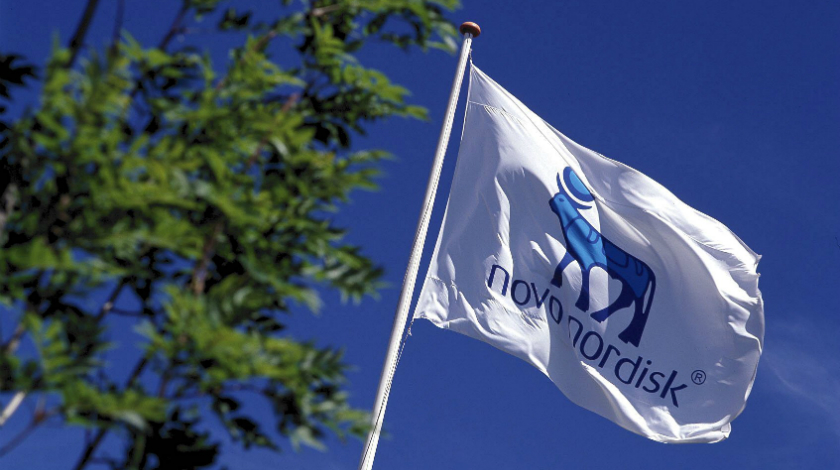Novo's oral semaglutide on target in phase 3 trial

Novo Nordisk continues to build a case for its oral semaglutide GLP-1 class diabetes drug, with latest results from a phase 3a trial showing it is more effective than placebo at reducing blood sugar and weight in kidney-impaired patients with type 2 disease.
The 26-week PIONEER 5 trial is one of 10 clinical trials for oral semaglutide that are due to complete this year.
Semaglutide is already approved for type 2 diabetes in a patient-friendly weekly injection, branded as Ozempic, which is competing for a share of the GLP-1 market with Eli Lilly’s weekly Trulicity (dulaglutide).
Recently-launched Ozempic is expected to be a blockbuster drug thanks to a strong set of trial results, which included a finding that it is better at producing weight loss than Trulicity.
But the market expects Novo Nordisk to add further billions to its revenue should semaglutide get approved in a daily pill form.
The 26-week trial investigated the efficacy and safety of 14 mg oral semaglutide compared with placebo in 324 people with type 2 diabetes and moderate renal impairment inadequately controlled with metformin, sulfonylurea alone or in combination with metformin, or basal insulin alone or in combination with metformin.
The trial achieved its primary objective by demonstrating statistically significant and superior reductions in HbA1c with oral semaglutide compared to placebo at week 26.
Furthermore, people treated with oral semaglutide achieved statistically significant and superior reductions in body weight compared to placebo at week 26.
These results were achieved in the light of regulatory guidance evaluating the effect regardless of discontinuation of treatment and use of rescue medication.
A second approach describing effect while on treatment and without use of rescue medication also checked out.
Using this approach people treated with oral semaglutide experienced a statistically significantly greater reduction in HbA1c of 1.1% compared to 0.1% with placebo.
Reduction in body weight was statistically significantly greater with oral semaglutide at week 26, with a reduction of 3.7 kg compared to 1.1 kg with placebo.
From a baseline HbA1c of 8.0%, the proportion of people achieving the American Diabetes Association target of HbA1c below 7.0% was statistically significantly greater with 14 mg oral semaglutide, with 64% achieving the target at week 26, compared to 21% with placebo.
With a vast trial programme involving 8,845 people, Novo is well ahead of rivals attempting to develop oral GLP-1 drugs.
For instance Israel’s Oramed is developing an oral version of exenatide – the active ingredient in AstraZeneca’s Byetta, which was the first GLP-1 to hit the market in 2005. But that drug is still in mid-stage trials.












